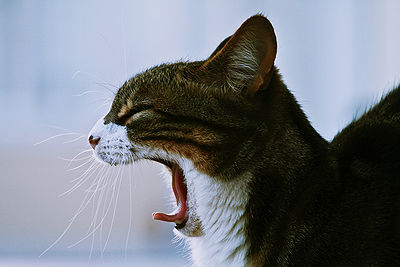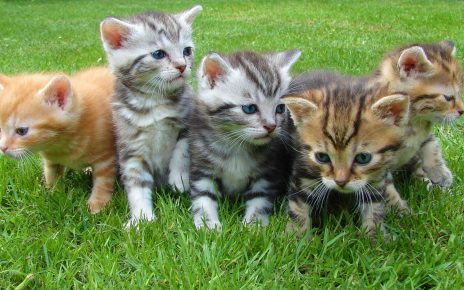Cats (and dogs too)use every part of their bodies to communicate with us and each other, including their paws.
Cats have sweat glands between their paw pads. When they scratch an object, they deposit pheromones from the scent glands, leaving lots of information about themselves that other cats can read. The sweat glands also prevent over-heating in hot weather. Cats sweat through their pads when they are stressed or frightened too. Paw pads are color-coordinated with their fur colors.
Believe it or not, cats can be right-or left-handed. Studies have shown that right paws are more dominant in males while it’s the left paw for females. Of course some cats are ambidextrous, using both paws equally.
Cats walk on tiptoes. Reasons given are that it makes them speedier and quieter when hunting prey.
Paws have a large amount of nerve receptors and are extremely sensitive which is probably why your cat doesn’t like his/her paws touched. They can feel texture, pressure and vibrations through the pads. However the pads are not insulated and can be injured by hot or frozen sidewalks and jagged surfaces.
Cats’ paws are flexible which aids in climbing and hunting. This can work 2 ways. Their front paws turn inward so claws can grab onto a surface when climbing. But cats back down trees because front paws face the wrong way. This could be why so many cats become stuck in trees and are fearful of climbing down. Also front paws and legs are not as strong as their muscular back legs.
Paw pads aid in cushioning landings and absorb shock and sound. They helps cats to be very proficient hunters.
Paws and front legs act as grooming tools too. They enable a cat to clean hard to reach areas. A cat will lick the paw several times to moisten it and then wipe the paw on the area to be cleaned. Kittens usually begin using their front paws for grooming at about 4 weeks old.
So you see, in many ways, cats’ paws act like survival kits.



